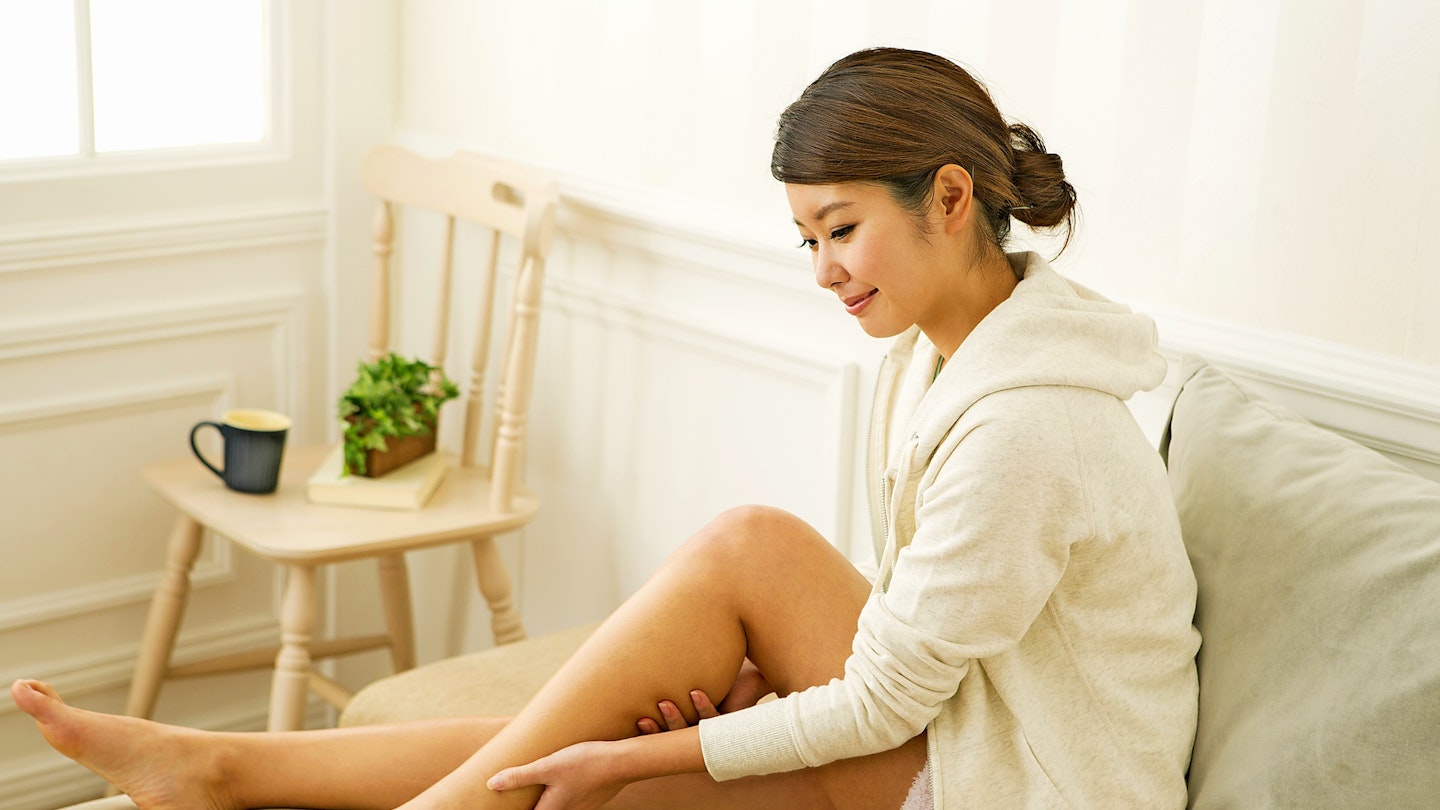Up to 40 per cent of us will develop them in our lifetime and they should be taken seriously
They are often dismissed as a ‘cosmetic’ concern, yet varicose veins can indicate venous disease. According to Professor Mark Whiteley, the UK’s leading venous surgeon and founder of The Whiteley Clinic, they occur when valves in our leg veins fail and if they’re not treated correctly, they can lead to more concerning health problems such as blood clots, skin damage and leg ulceration. If this happens, always seek medical advice.
Follow these tips to stay on top of your vein health…
Watch your diet
Maintaining a healthy body weight reduces pressure in the veins lower down in the legs. It will help to keep your veins healthy, and reduce ankle swelling and other venous problems.
Get moving
It’s very important to ‘get moving’ every hour to help keep your blood circulation working. This will help to prevent any phlebitis or blood clots by increasing your body’s ability to pump blood up the leg back toward the heart.
Drink enough water
Drinking water has so many benefits including aiding our venous health, as blood becomes thinner and flows more easily when hydrated. Thicker blood is usually a sign that there’s not enough water in our body — putting veins at a higher risk of blood clots.
Elevate your legs
It sounds simple, but elevation of the legs is effective for improving venous circulation.
